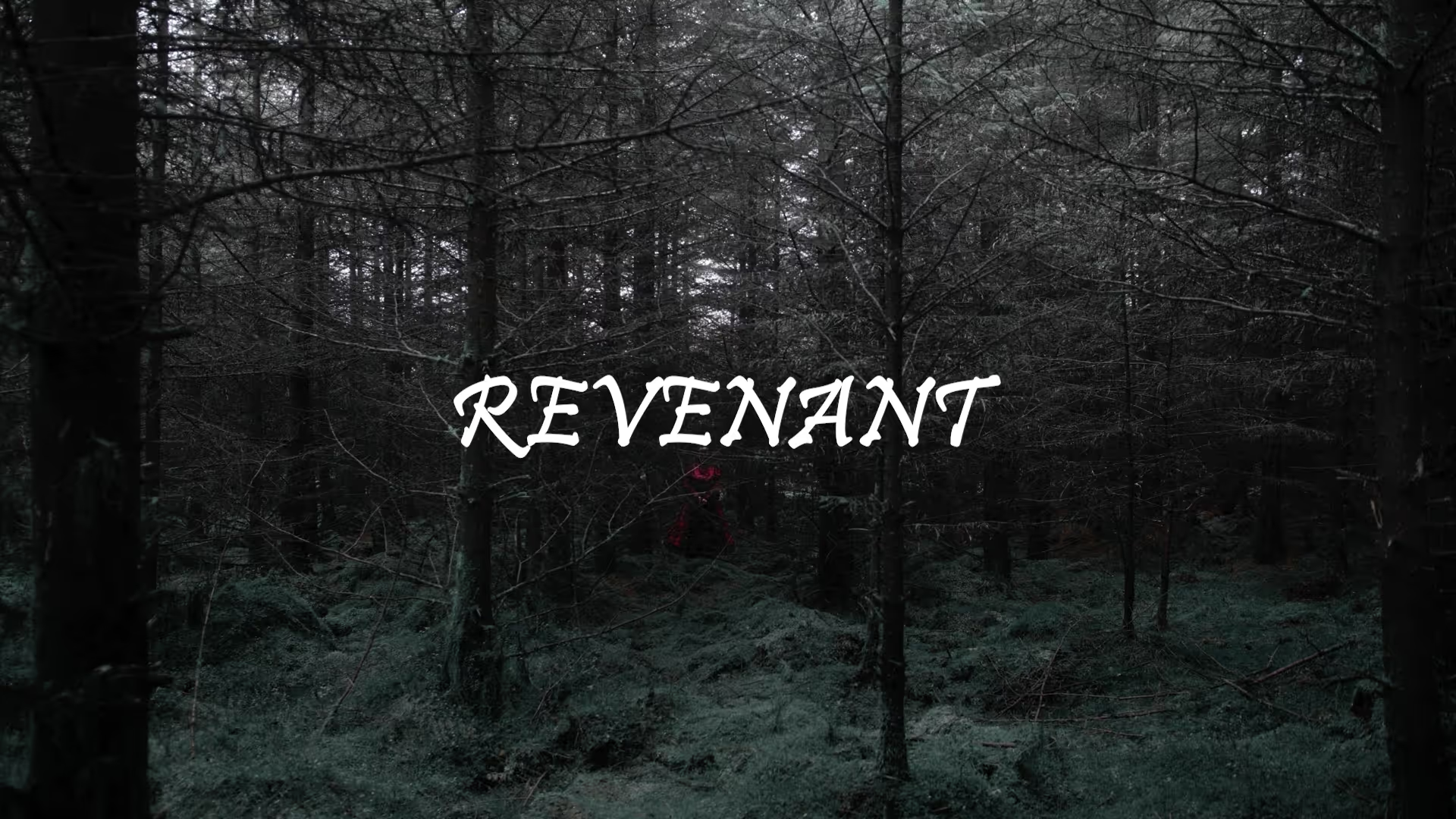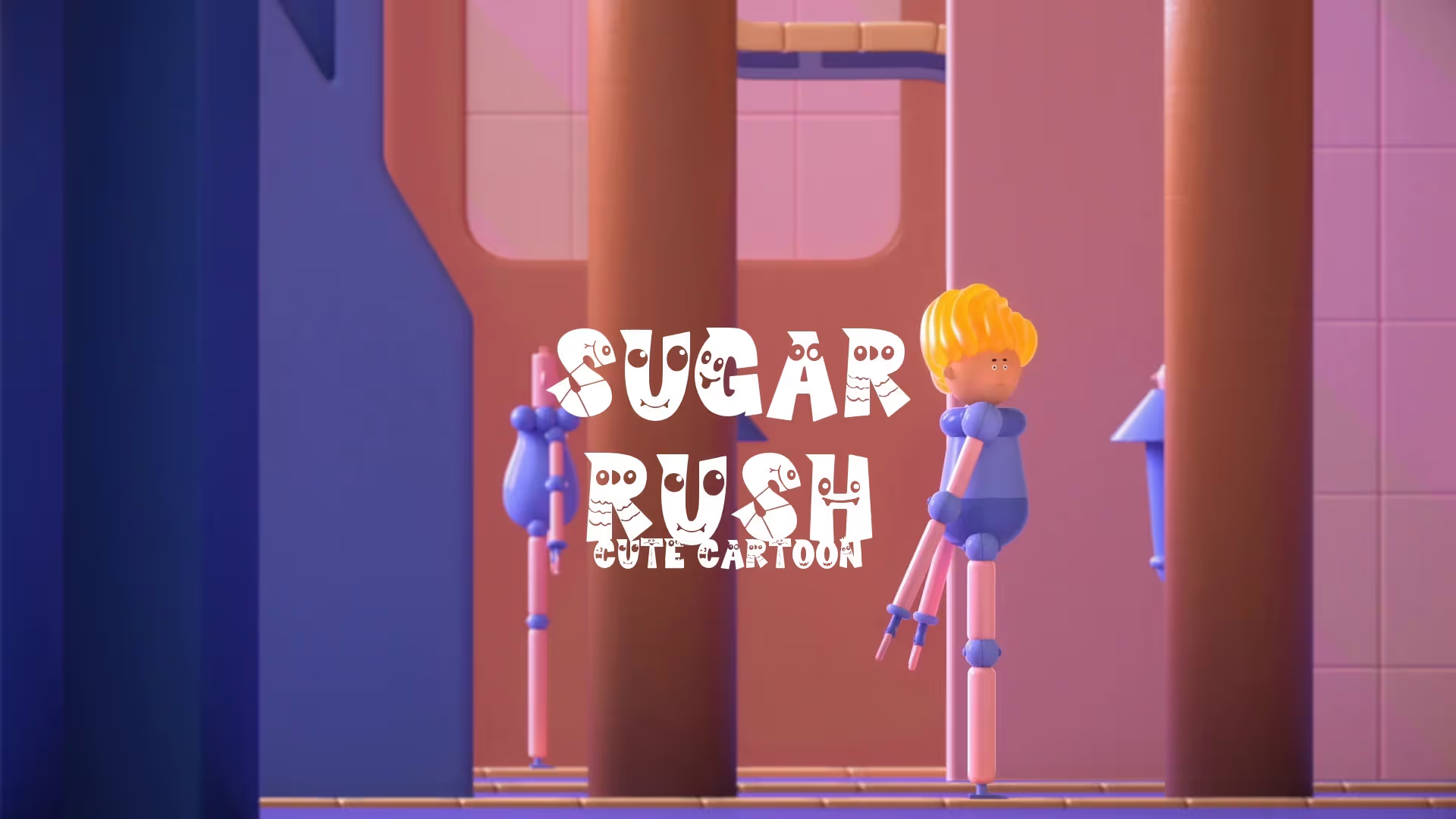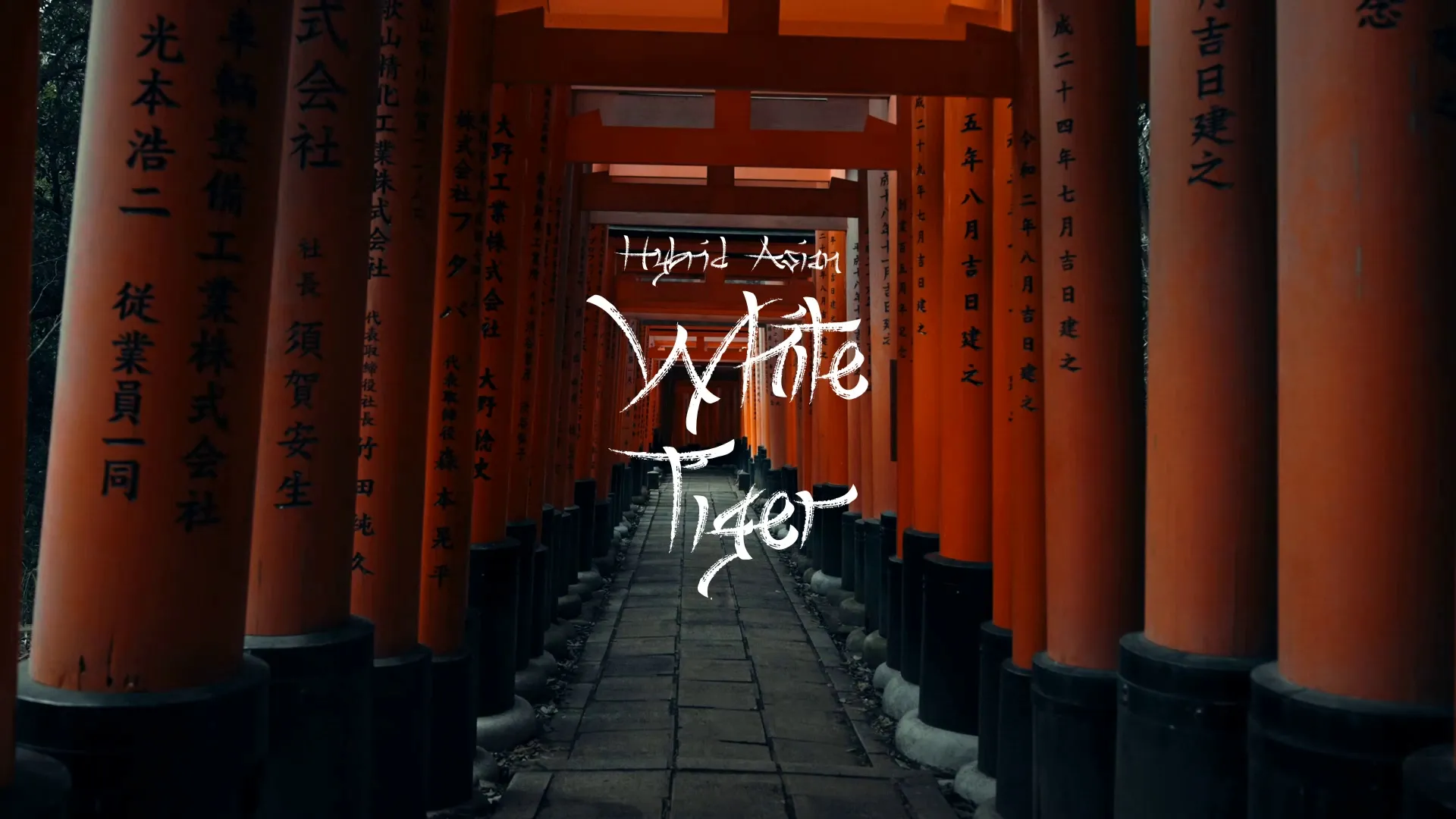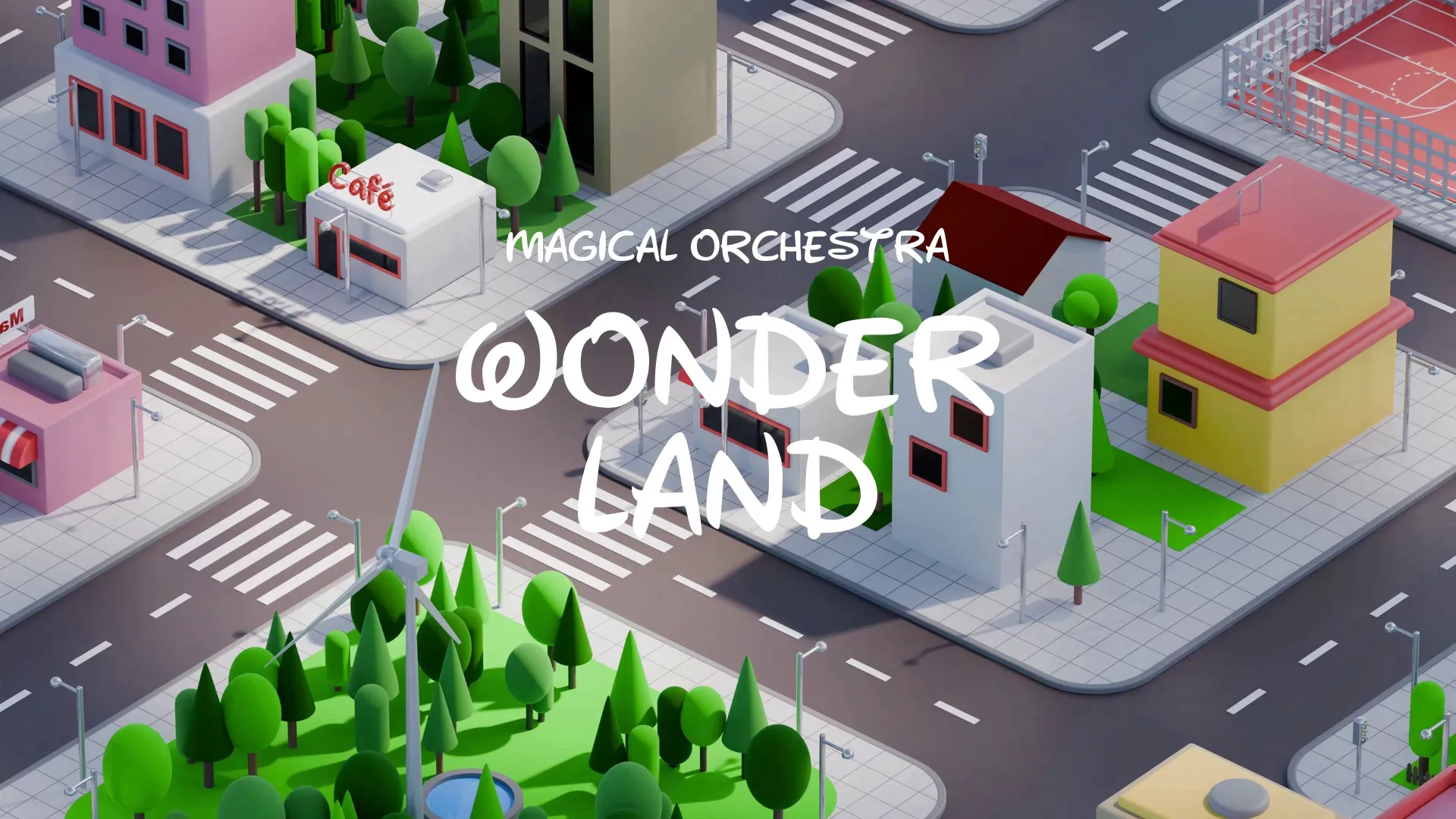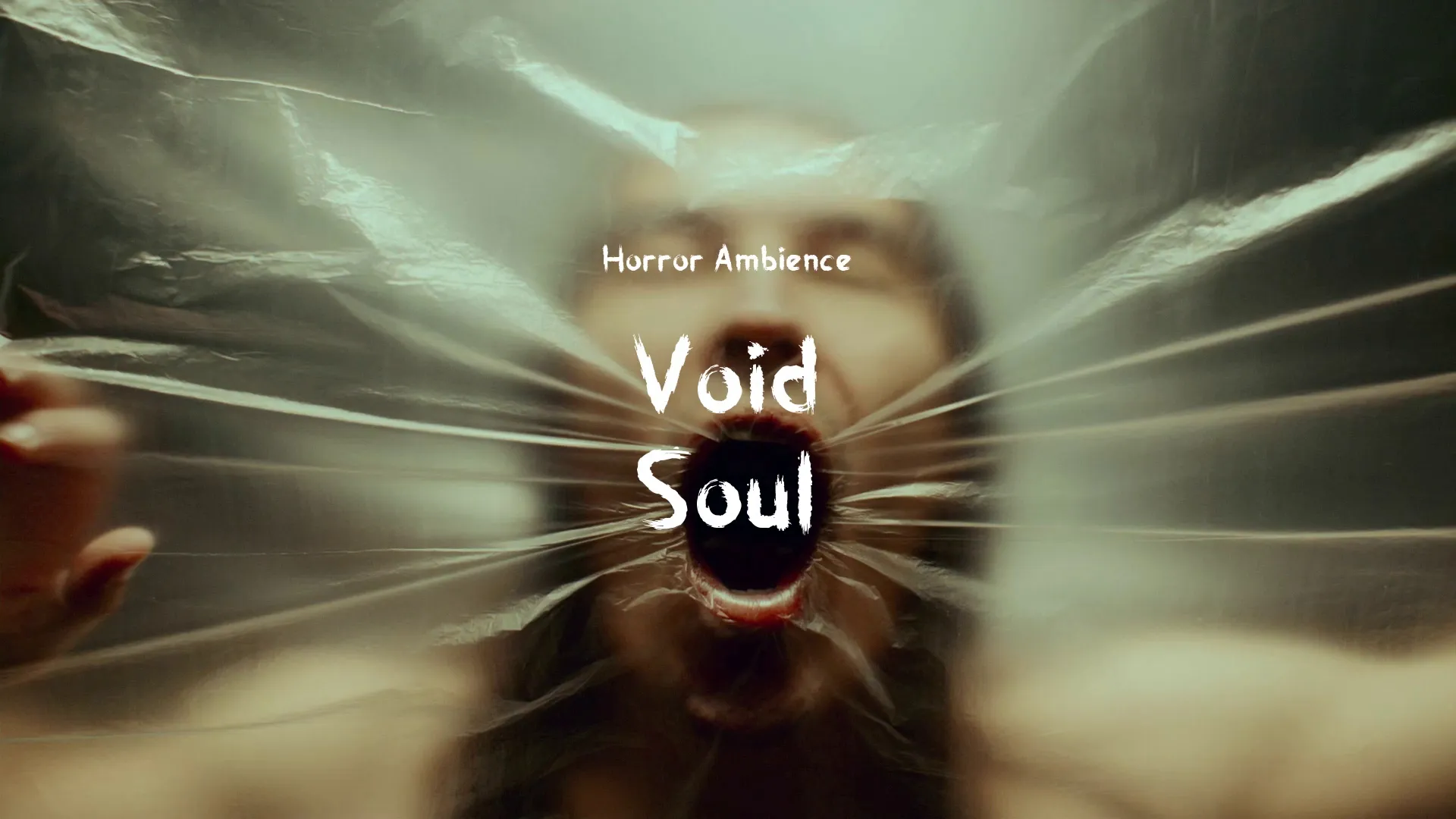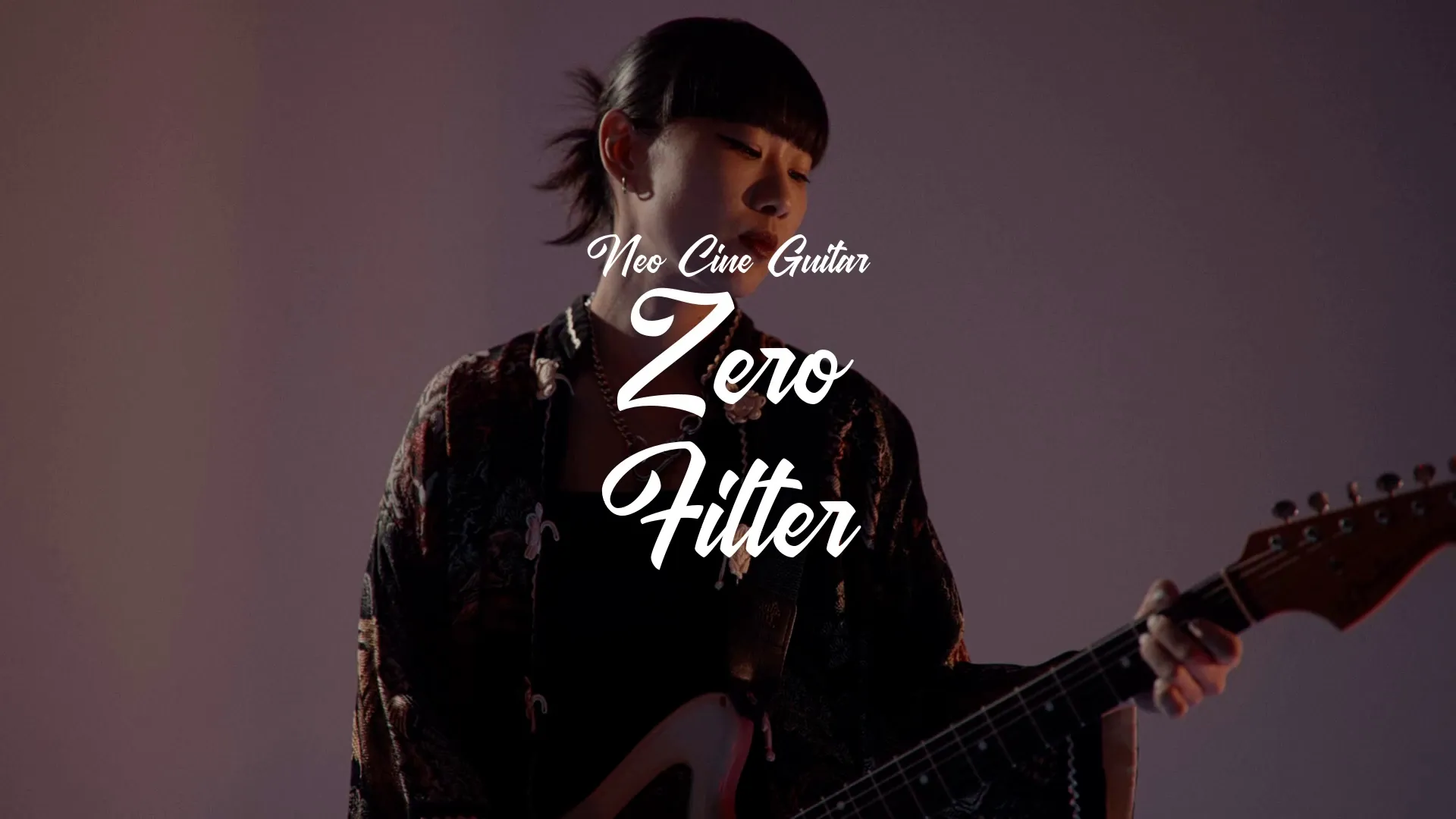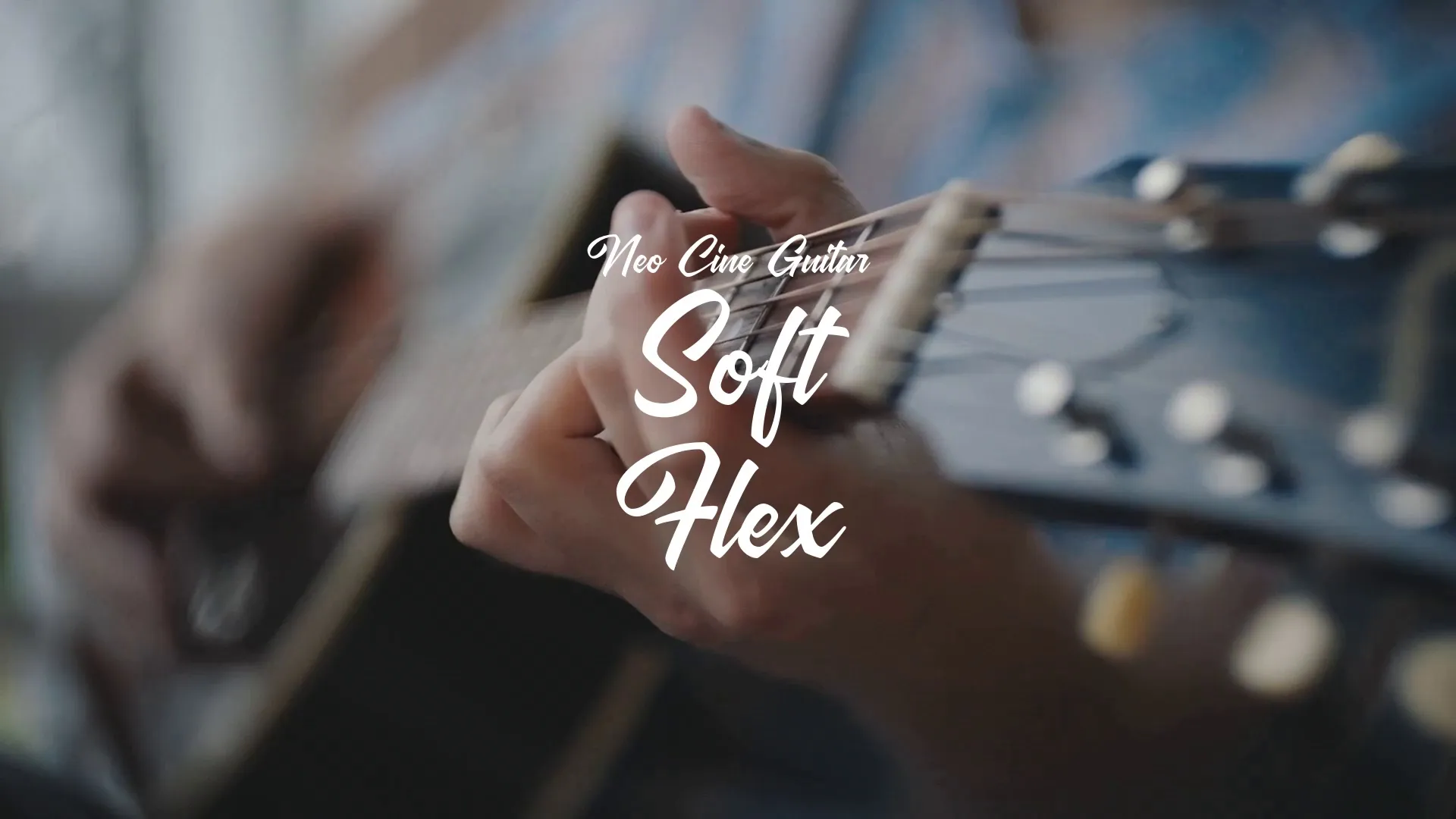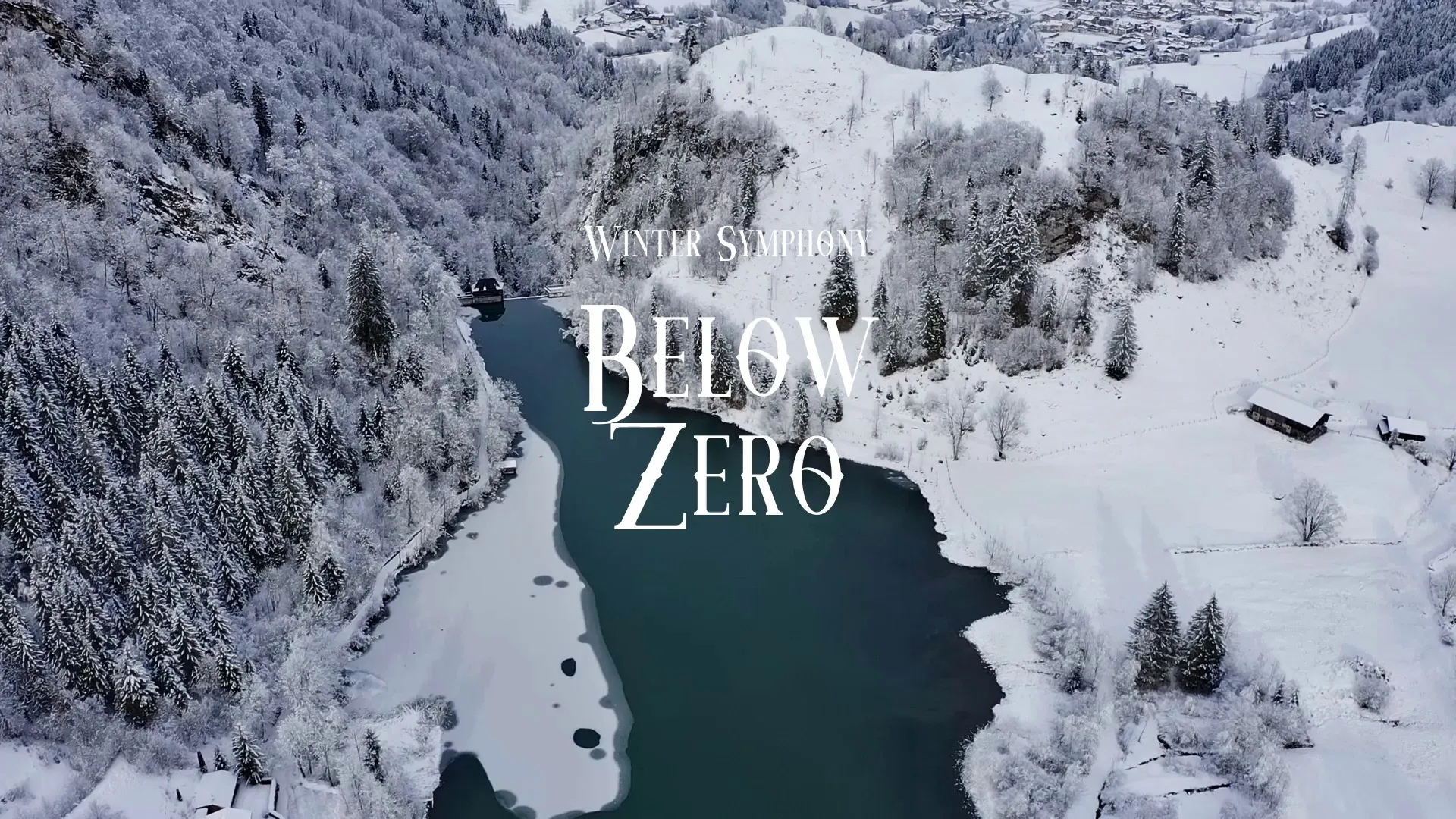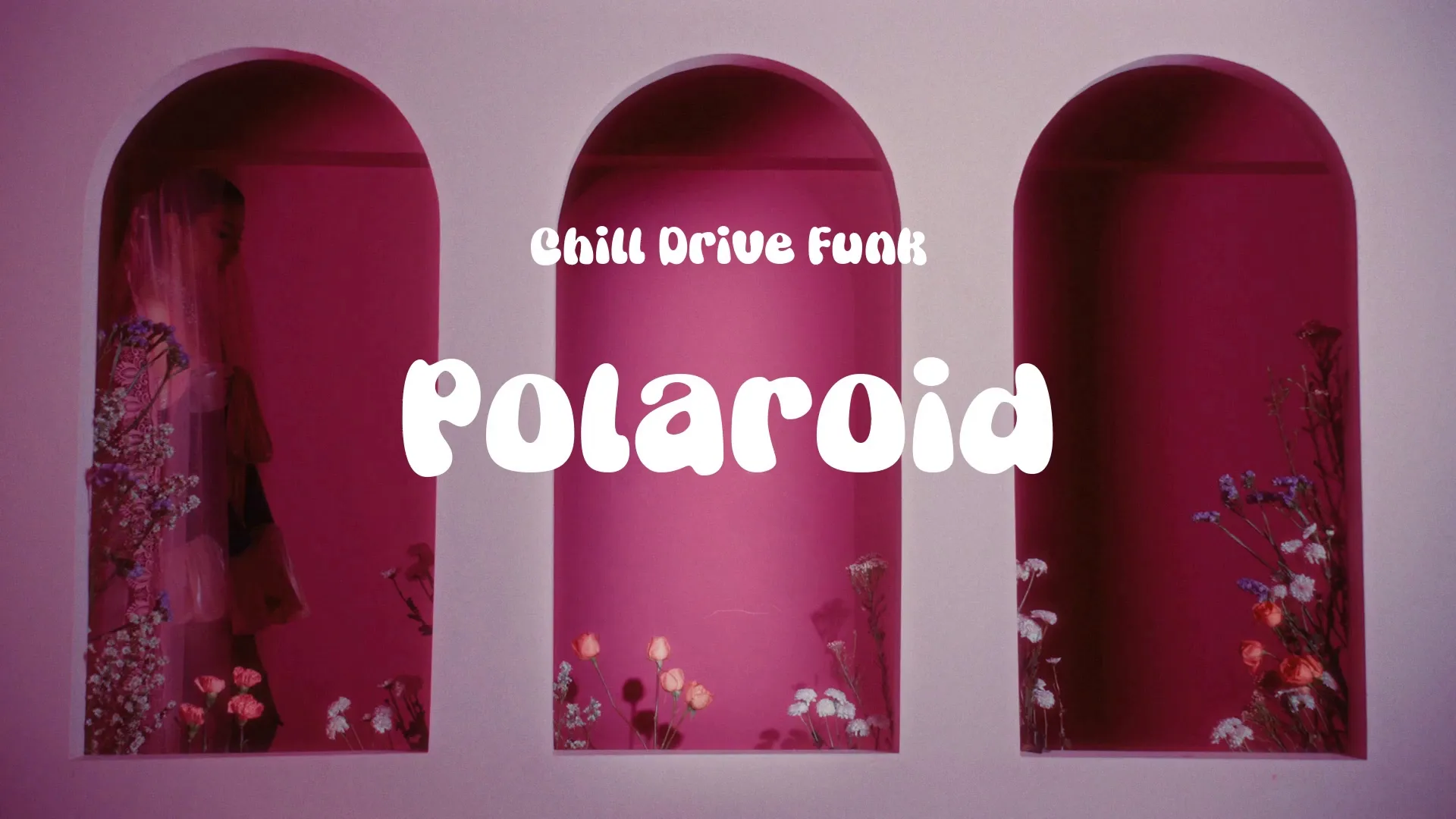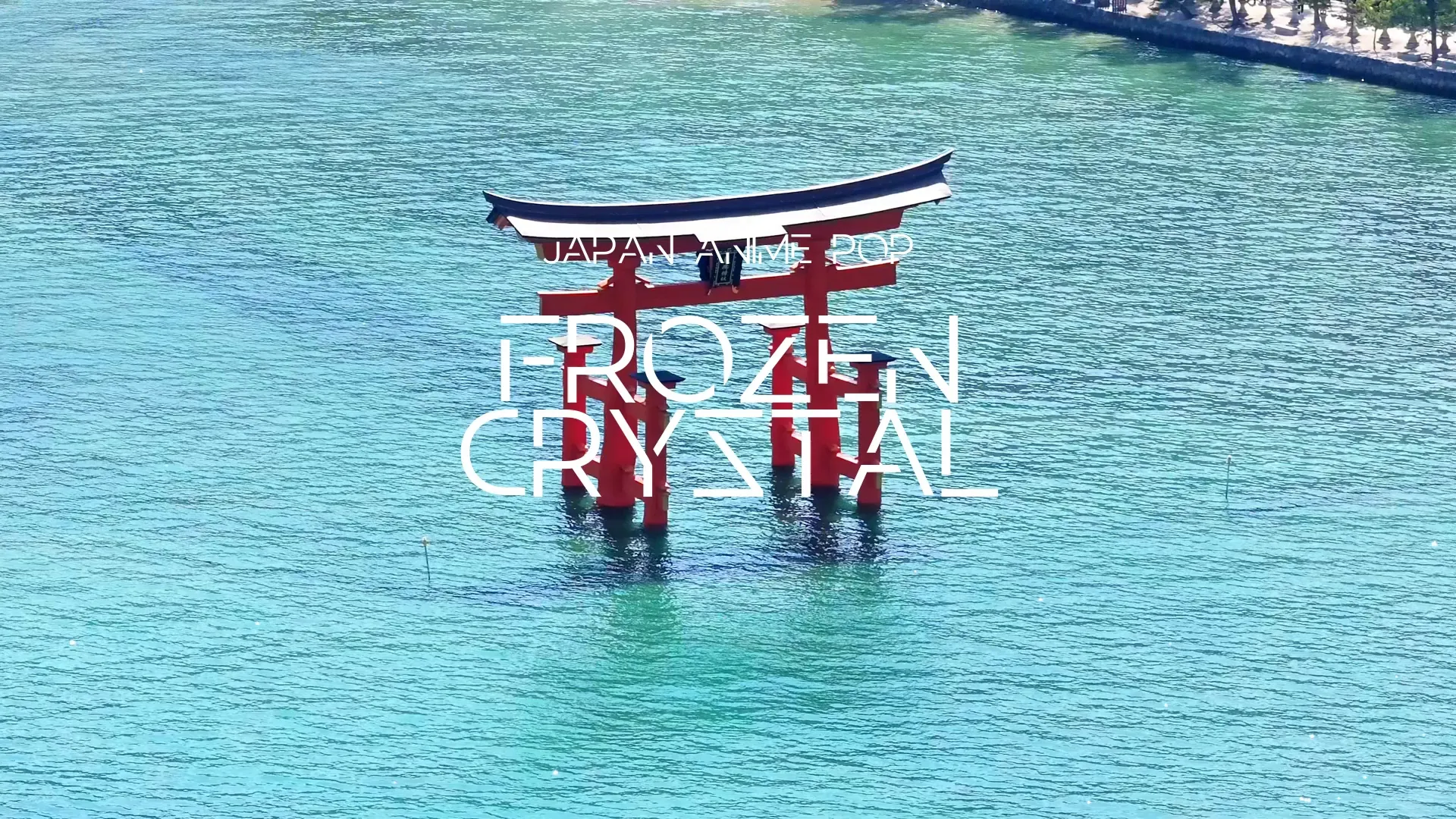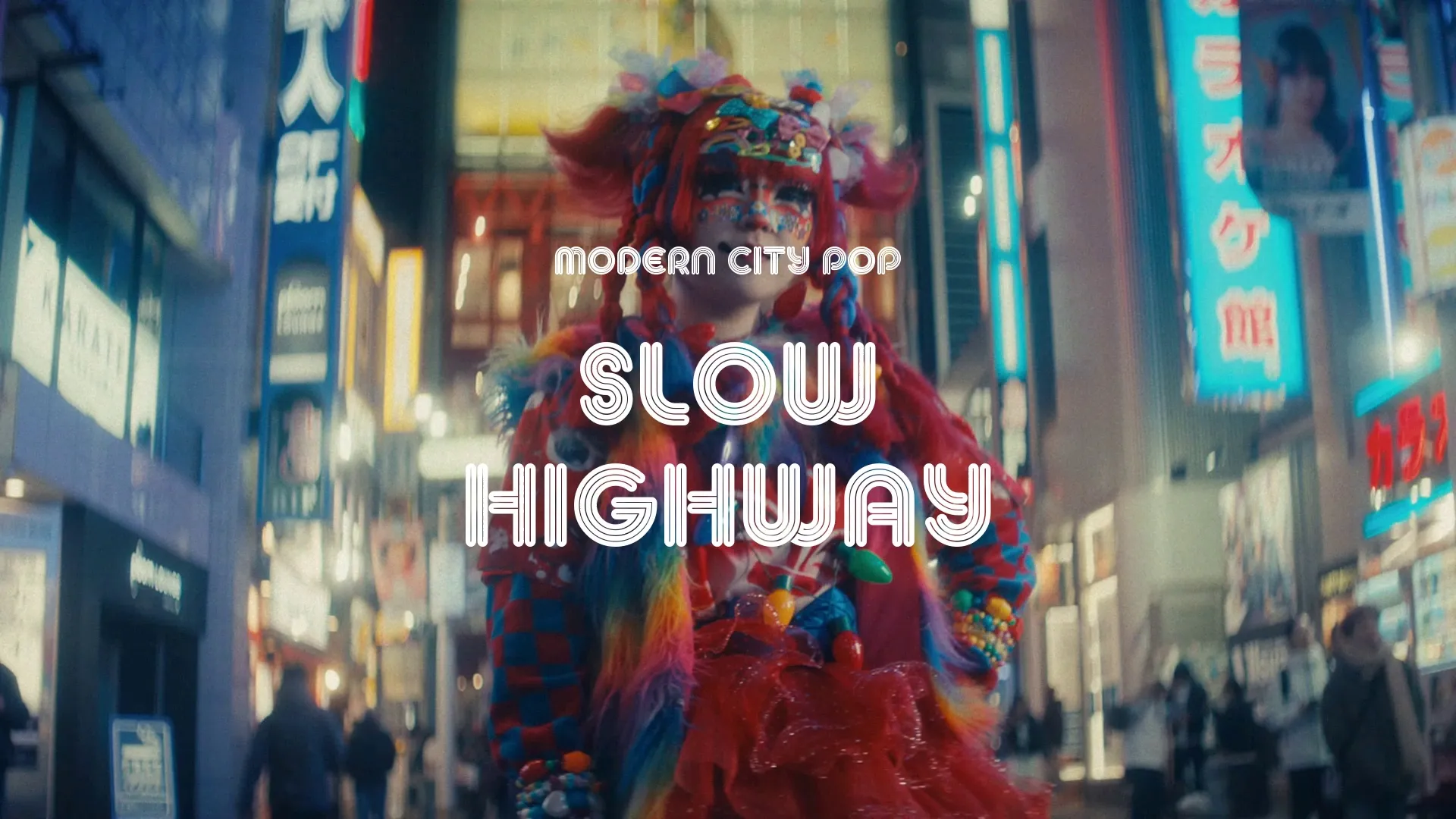Unity: Understanding URP, HDRP, and Built-In Render Pipeline

Introduction
I know that a lot of beginning game developers love using Unity. But, I always hear the same story: “Which render pipeline should I use?”.
I wrote this article to help provide some clarity in this area. In this article, you will learn what a render pipeline is. You will learn about the three different render pipelines for Unity.
And, you will learn which render pipeline I recommend for all game developers using Unity.
Let’s get started!
What you need to know
- Unity offers three render pipelines: Universal, Built In, and High Definition.
- The Universal Render Pipeline is the most popular and most compatible.
- As a beginning game developer, you should use the Universal Render Pipeline.
- If you’re using Unity URP, you can download unlimited game assets and game development tools for your game from OccaSoftware.
This article is part of a series on getting started with game development and game engines. We recommend you read the series in order, but feel free to jump around.
- What is an Indie Game?
- How to become a self-taught game developer
- The 7 Stages of Game Development
- Indie game programming for complete beginners
- 23+ Game Development Courses and Resources
- How to choose the right game engine
- Unity vs. Unreal
- Unity vs. Godot
- Game development with Unity
- Unity Basics
- Unity Free vs. Pro
- Unity Asset Store
- Best Unity Courses for 2024
What is Unity?
Unity is a cross-platform game engine. Game developers use Unity to develop video games. Unity has other uses, too. Architects use it to create architecture visualizations. And, artists use it to create other interactive media.
Unity makes it easy to create 2D and 3D games. You can also create virtual reality (VR) and augmented reality (AR) apps. When you create a game or an app, you do it using the Unity engine.
What is a render pipeline?
Each frame, Unity draws your world onto the screen. To do this, Unity performs an action called rendering. Unity conducts this rendering based on a series of tasks. This series of tasks is called a render pipeline.
The render pipeline gathers all the information about your scene. Then, it executes a series of steps to draw that content into a picture that it can show you on your screen.
Your gameplay loop controls the actions that happen in your scene. But, your render pipeline controls the way that it looks.
Why should I care about a render pipeline?
Your render pipeline is very important.
A good render pipeline is optimized, easy to change, and compatible with a wide range of platforms.
A bad render pipeline makes your game sluggish. It makes it difficult to create custom effects. And, it makes it hard to release your game on different platforms.
Create a free account, or log in.
Gain access to free articles, game development tools, and game assets.



